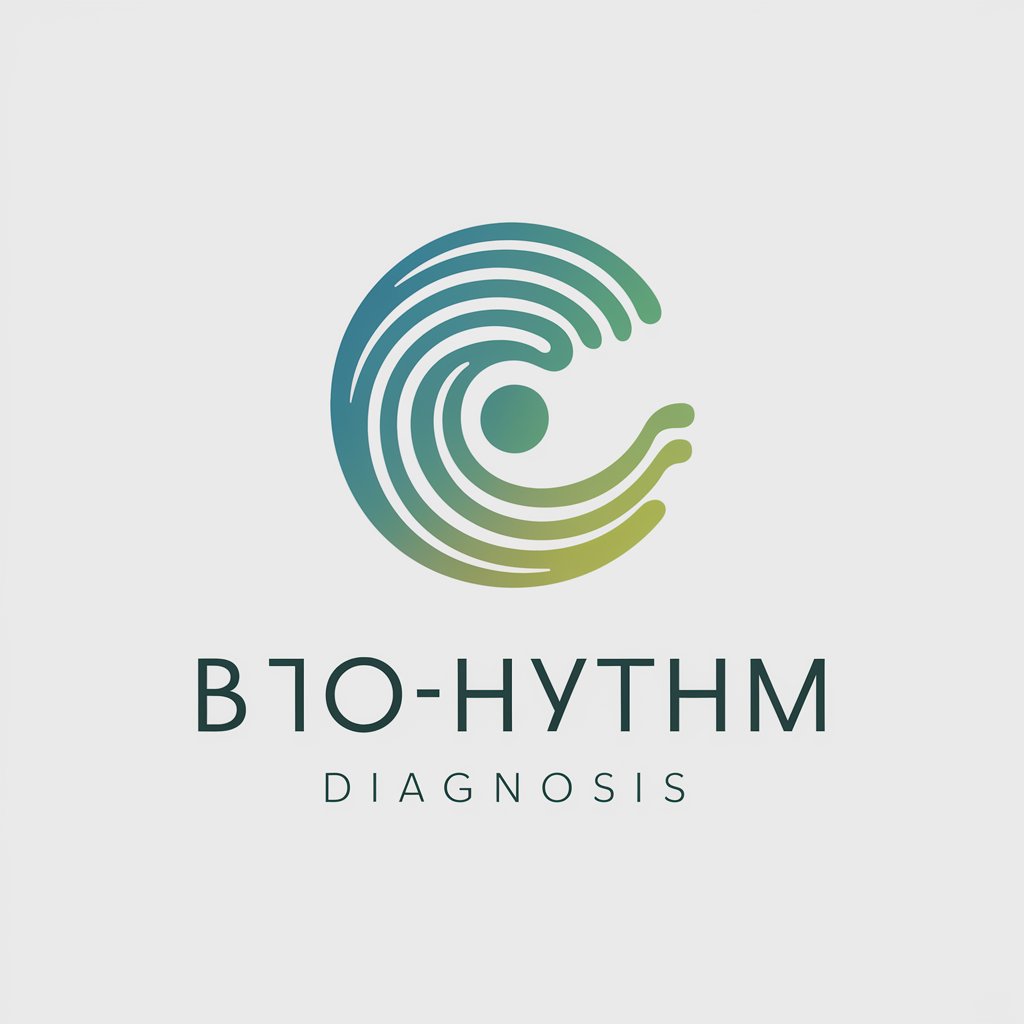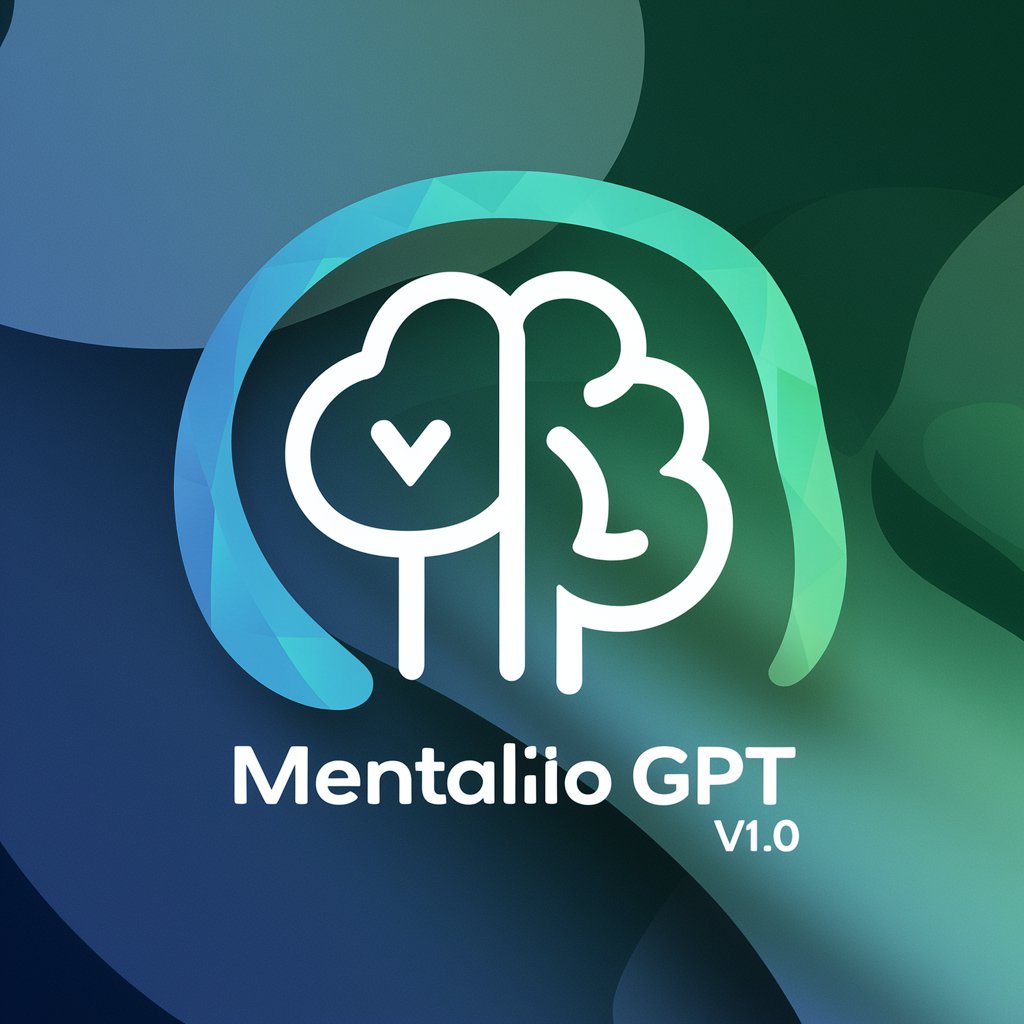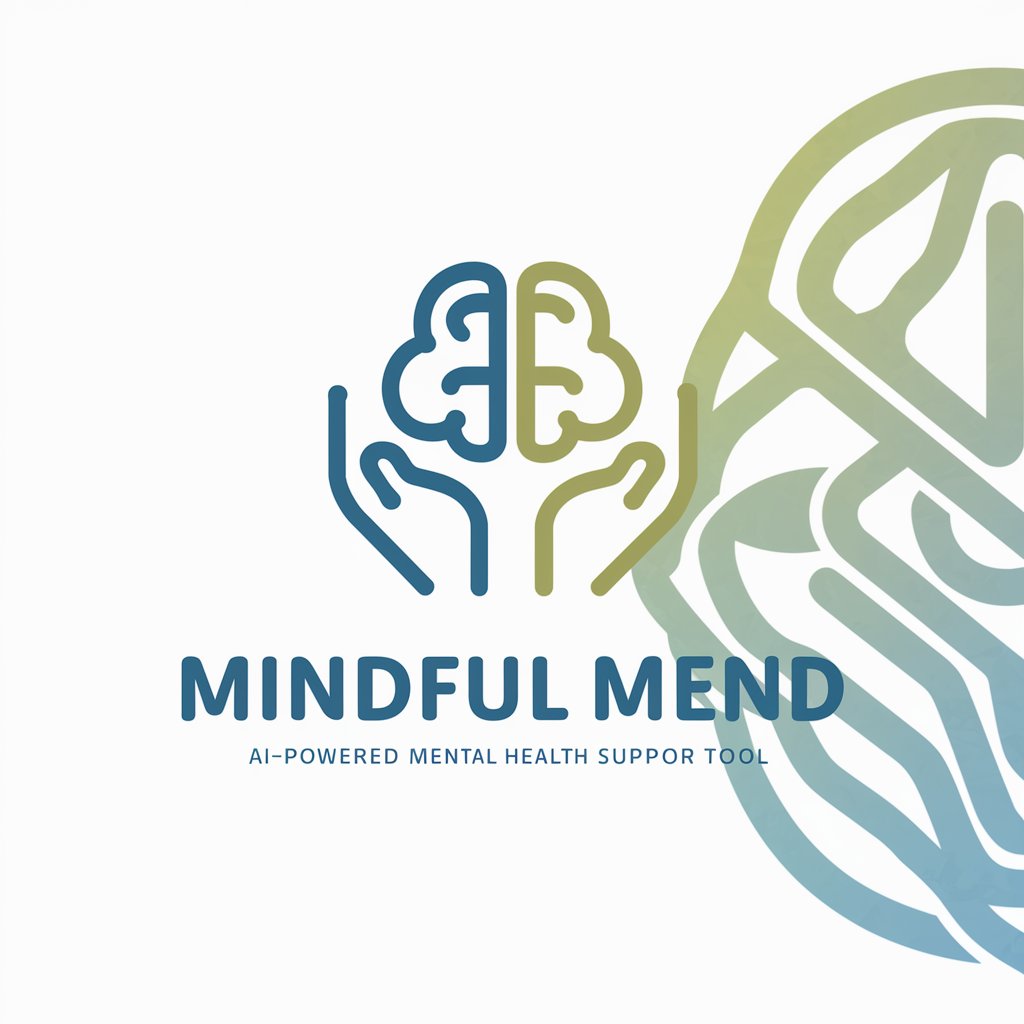10 GPTs for Emotional Tracking Powered by AI for Free of 2025
AI GPTs for Emotional Tracking are advanced computational tools powered by Generative Pre-trained Transformers designed to monitor, analyze, and interpret emotional data. These tools leverage the capabilities of GPTs to understand and process natural language, enabling them to discern emotional nuances in text. They are pivotal in sectors where understanding human emotions is crucial, such as mental health support, customer service, and social media monitoring. By analyzing text inputs, these AI models can identify emotional states, trends, and patterns, providing insights that support emotional well-being, enhance customer experiences, and inform social strategies.
Top 10 GPTs for Emotional Tracking are: バイオリズム診断,PocketTherapist,⭐️Empathic Guide - Diverse Mood Support⭐️,Mentalio GPT v1.0,情绪日记,Wellness Companion,Ansiedade sem Medo,Mindful Mend,Love Score,Journal Buddy
バイオリズム診断
Navigate life's cycles with AI-powered insights

PocketTherapist
Empowering Your Emotional Wellness with AI

⭐️Empathic Guide - Diverse Mood Support⭐️
AI-Powered Emotional Insight

Mentalio GPT v1.0
Empowering Mental Wellness with AI

情绪日记
Harness AI to Navigate Your Emotions

Wellness Companion
Empowering your emotional journey with AI

Ansiedade sem Medo
Your AI Companion for Anxiety Relief

Mindful Mend
Empowering your mental wellness journey

Love Score
Evaluate love with AI insights.

Journal Buddy
AI-Powered Personal Journal Insight

Essential Attributes of Emotional Tracking GPTs
Emotional Tracking GPTs stand out for their ability to adapt across a range of complexities, from simple emotional identification to in-depth emotional analysis. Key features include sophisticated language comprehension, enabling them to grasp subtle emotional cues in text; real-time processing for immediate feedback; and the capability to learn from new data, enhancing accuracy over time. Additionally, some models offer integrations with web search, image analysis, and data analytics tools, broadening their applicability in various emotional tracking scenarios.
Who Benefits from Emotional Tracking GPTs?
These tools cater to a wide audience, including individuals seeking self-awareness or emotional support, developers creating emotionally intelligent applications, and professionals in psychology, marketing, and customer service. They are accessible to users without coding skills through user-friendly interfaces, while also offering extensive customization options for developers and researchers looking for tailored solutions.
Try Our other AI GPTs tools for Free
Virtual Therapy
Discover how AI GPTs for Virtual Therapy are revolutionizing mental health support with personalized, accessible, and confidential care online.
Wellness Strategies
Explore how AI GPTs transform wellness strategies with personalized advice, mental health support, and health optimization.
Product Ideation
Discover how AI GPTs for Product Ideation revolutionize the creation and development of new products with intelligent, data-driven insights and creative solutions.
Dispute Mediation
Explore AI GPTs for Dispute Mediation: cutting-edge tools designed to streamline conflict resolution through advanced AI, offering insights, fairness, and efficiency.
Innovative Education
Discover how AI GPTs are transforming Innovative Education with personalized learning experiences, automated content creation, and interactive teaching tools.
Immunotherapy Insights
Explore AI GPTs for Immunotherapy Insights: cutting-edge tools designed to revolutionize understanding and application of immunotherapy treatments through tailored AI technology.
Expanding Horizons with Emotional Tracking GPTs
Emotional Tracking GPTs are not just tools for analysis; they are gateways to understanding human emotions at scale. Their integration into various sectors demonstrates their versatility, from enhancing mental health initiatives to refining customer engagement strategies. The evolution of these tools promises even greater personalization and sensitivity in detecting and responding to emotional cues, making them invaluable assets across industries.
Frequently Asked Questions
What exactly is AI GPT for Emotional Tracking?
It's a type of AI that uses Generative Pre-trained Transformers to analyze and interpret emotional nuances in text, providing insights into human emotions.
How does Emotional Tracking AI GPT work?
By analyzing text inputs through advanced natural language processing, it identifies emotional states and patterns, offering real-time emotional analysis.
Who can use these Emotional Tracking tools?
Anyone from novices seeking emotional insights to developers and professionals in fields requiring emotional intelligence.
Can these tools learn and adapt over time?
Yes, many Emotional Tracking GPTs are designed to learn from new data, improving their accuracy and effectiveness over time.
Do I need programming skills to use these tools?
No, many tools are designed to be accessible without coding knowledge, though programming skills can unlock more advanced customization.
How can these tools integrate with existing systems?
Many GPTs offer API access or are built with integration capabilities, allowing them to work alongside existing software or databases.
What are the limitations of Emotional Tracking GPTs?
While advanced, they may not always perfectly interpret emotions due to the complexity of human sentiment and the nuances of language.
Are there ethical considerations in using Emotional Tracking AI?
Yes, privacy and consent are paramount, especially when analyzing personal or sensitive emotional data. Users should ensure data is used ethically and responsibly.